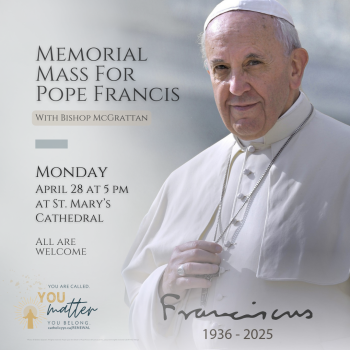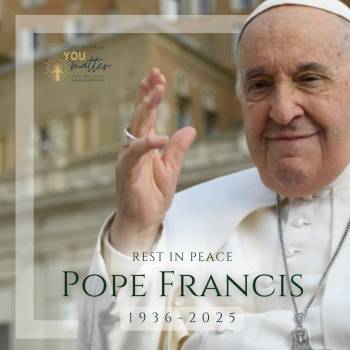May holds a special place in the heart of the Catholic Church as the month dedicated to the Blessed Virgin Mary. This tradition, deeply rooted in centuries of devotion, reflects the Church’s desire to honour Mary with particular reverence during one of the most beautiful and life-affirming times of the year.
Historical Roots of the Devotion
The association of May with Mary dates back to at least the 13th century. By the Middle Ages, Christians began dedicating the entire month of May to the Mother of God, seeing it as fitting to honour the one who gave life to Christ during a season that celebrates natural life and renewal.
A Month of Beauty and New Life
May is a time of blooming flowers, warmer weather, and the reawakening of the earth after the cold of winter. This sense of renewal mirrors the spiritual life Mary calls believers to embrace — a life open to grace, peace, and new beginnings. Just as nature bursts into bloom, so too does the Church’s devotion to Mary flourish in May, marked by May crownings, Marian processions, and the daily praying of the Rosary.
Theological and Spiritual Significance
Mary holds a unique place in Catholic theology as the Mother of God (Theotokos), the first disciple, and the model of perfect faith and obedience to God’s will. Dedicating May to Mary provides the faithful an opportunity to reflect on her role in salvation history and her ongoing presence in the life of the Church. She is seen as a powerful intercessor, a source of comfort, and a guiding star leading Christians to Christ.
Pope Paul VI, in his 1965 encyclical Mense Maio, emphasized May as a time to seek Mary's intercession for peace in the world and for the Church's needs. He wrote, “We are delighted and happy to recall that the month of May is especially dedicated to the Blessed Virgin Mary… during this month, Christians, both in church and in the privacy of the home, offer up to Mary from their hearts an especially fervent and loving homage.”
Expressions of Marian Devotion in May
Many Catholic communities hold special devotions during May, such as:
- May Crownings – Statues of Mary are crowned with flowers, often by children, symbolizing her queenship and purity.
- Rosary Processions – The faithful gather to pray the Rosary and Litany to the BVM, meditating on the life of Christ through the eyes of Mary.
- Marian Altars – Homes and churches set up altars with flowers, candles, and images of Mary.
- Feast Days – May includes several Marian feasts, such as Our Lady of Fatima (May 13) and the Visitation (May 31).
Conclusion
Dedicating May to Mary is a long-standing tradition that continues to inspire Catholics around the world. It is a month that lifts hearts and minds to the Mother of God, inviting all to follow her example of love, humility, and unwavering trust in God's plan. In the beauty of spring, the Church finds a perfect reflection of Mary's own spiritual beauty and her essential place in the Christian journey.

_small.gif)
_small.gif)
_small.gif)


_small.gif)